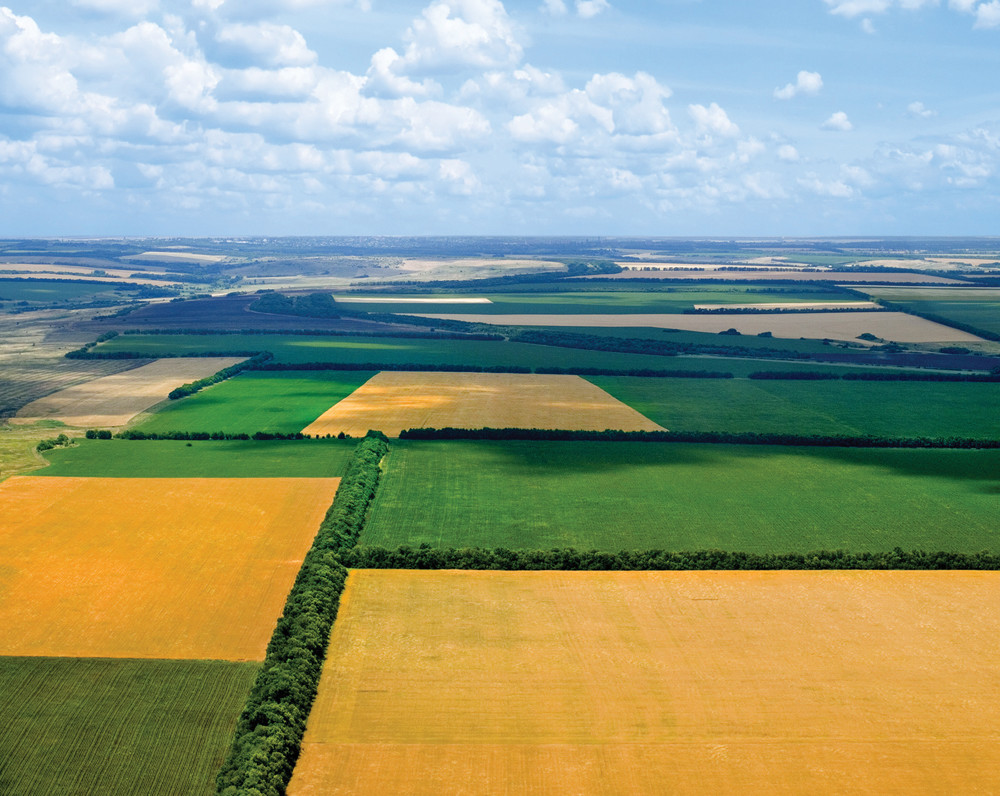
Published: April 12, 2016

If you don’t calculate the potential profit from rental land, it’s easy to pay too much. Photo: Thinkstock
Determining a fair rental rate isn’t easy, says provincial farm business management specialist Dean Dyck
“Often, people use what others are charging or paying in the local area,” said Dyck. “Following this approach has pitfalls because the rate may not be reflective of the soil productivity on the farm or there may be a difference between what was rumoured and what was actually paid.”
In Alberta, cash rent and crop share are the two most common rental arrangements. Cash rent is common because the lease is simple, the rent is fixed, and the landowner does not have to make any operating or marketing decisions. The tenant has more control over cropping decisions, and can benefit from higher profits.
Alberta-grown hemp has potential for many markets, from grain to construction materials like hempcrete, but the varieties need fine tuning.
A useful method to estimate a cash rent is called a “crop-share equivalent,” or the rental rate that would be received from a typical 75:25 crop-share lease. Computing the rate using this method requires estimates of long-term average yields in the area, and realistic prices for the coming year.
One way is to start with crop insurance yields and insurable prices, said Dyck.
“Then apply a discount of 25 per cent for variability in weather, yields, and prices since the tenant is assuming all of these risks.”
The formula is: (yield x 25 per cent) x price x 75 per cent. Complete this calculation for at least four major crops grown in the area and take the average.
Another simple method is a percentage of gross returns. Compare cash rents in your area over the past five to 10 years against gross returns of crops that were grown. In many areas, cash rent is approximately 20 to 24 per cent of gross returns.
Crop-share rentals are becoming less common because many landowners do not want to take on yield or price risk. These leases are typically 75 per cent tenant: 25 per cent landlord. If fertilizer and chemicals are shared, then the lease shifts to 66 per cent tenant: 33 per cent landlord.
A general rule of thumb is “calculate, then negotiate.”
Tenants should know their cost of production and calculate the potential profit before establishing a fair price. While money plays a role, other factors will come into the negotiations such as land quality, location, compatibility, communications, and honesty.
“Once a price and terms have been agreed, the most important thing you can do is put the agreement in writing,” said Dyck. “This single act would eliminate the majority of disagreements that occur.”
Alberta Agriculture has a book — Leasing Cropland in Alberta — that can be purchased for $12. To order, go to agriculture.alberta.ca or call 310-FARM.

 nine to 15 per cent of farmland purchases are by businesses, investors or others who don’t intend to farm themselves." width="235" height="159" />
nine to 15 per cent of farmland purchases are by businesses, investors or others who don’t intend to farm themselves." width="235" height="159" />
 but this method can be a good starting point for determining a cash rent." width="215" height="165" />
but this method can be a good starting point for determining a cash rent." width="215" height="165" />



Stories from our other publications